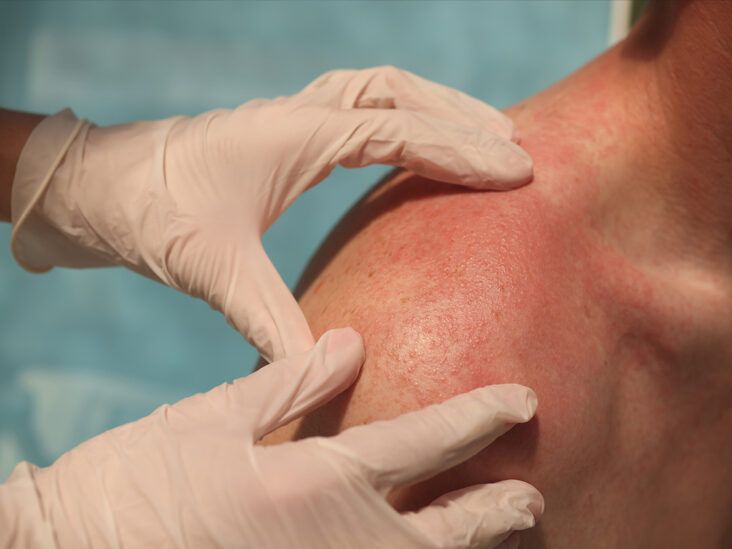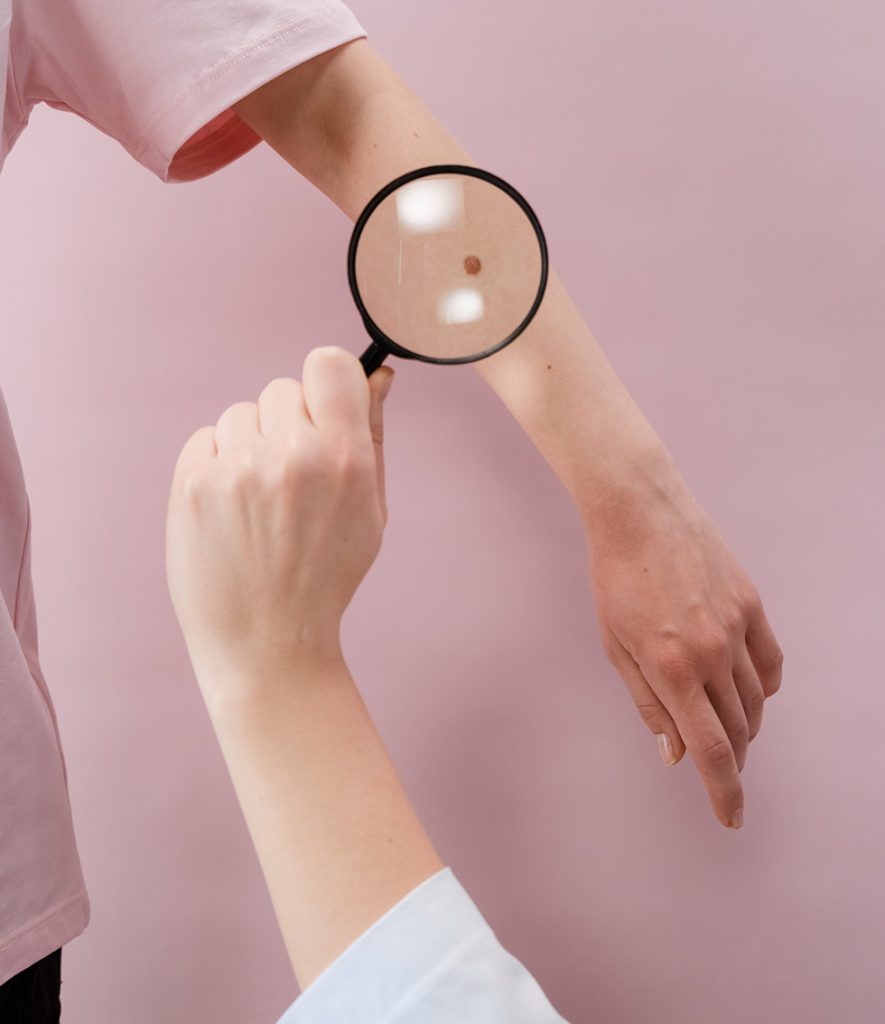Give your skin a fresh look a professional chemical peel for smoother, glowing skin.
Mohs Surgical Treatment Explained: A Trick Procedure in Dermatology for Managing Skin Cancer Effectively
In the realm of dermatology, Mohs surgical procedure stands as a crucial procedure for combating skin cancer, particularly basal cell and squamous cell carcinoma. What precisely makes Mohs surgical treatment so effective and just how does it add to favorable person outcomes?
Recognizing the Essentials of Mohs Surgical Procedure
Although it could sound complex, Mohs surgery is an accurate surgical method used mainly to deal with skin cancer. The primary goal of Mohs surgical treatment is to eliminate all cancer cells while saving as much healthy tissue as feasible. Its precision and high success price have actually made Mohs surgical treatment a cornerstone in dermatology, providing hope to individuals worldwide.

The Procedure: Step-by-Step Breakdown of Mohs Surgical Procedure
While Mohs surgical treatment may seem difficult, comprehending the detailed procedure can assist demystify the process. The procedure starts with the specialist getting rid of a thin layer of visible cancerous skin. This layer is then thoroughly checked out under a microscopic lense for cancer cells. If cancer cells are spotted, the specialist gets rid of another layer of skin and the procedure is repeated. This cycle continues until say goodbye to cancer cells are located, making certain the complete elimination of cancer while protecting as much healthy skin as possible. The injury is then shut utilizing stitches, a skin graft, or it might be delegated heal naturally. Postoperative treatment is necessary to advertise recovery and monitor for any type of signs of reoccurrence.
The Benefits of Mohs Surgical Treatment in Skin Cancer Treatment
A remarkable number of people have uncovered the distinct advantages of Mohs surgery in their battle against skin cancer. The procedure is normally performed on an outpatient basis under regional anesthesia, making it less taxing on the body than more intrusive surgeries. skin cancer. Mohs surgical procedure provides a remarkable alternative for effective skin cancer treatment.
Feasible Risks and Complications Linked With Mohs Surgical Treatment
In spite of its various benefits, Mohs surgery is not without prospective threats and problems. Like all medical treatments, it brings a risk of infection, blood loss, and an unfavorable reaction to anesthetic. In rare situations, people might experience nerve damage, causing feeling numb or click for more info weakness in the area read the full info here of surgical procedure. There's likewise the opportunity of a reoccurrence or spread of skin cancer, specifically if all malignant cells were not completely eliminated throughout the treatment. Scarring is one more problem, as it can be obvious relying on the size and place of the cured area. Last but not least, the psychological influence of a skin cancer cells diagnosis and subsequent surgical treatment ought to not be underestimated, as it can bring about stress and anxiety and depression in some patients.
Preparing for and Recuperating From Mohs Surgical Procedure: What to Anticipate
To make sure the best possible outcome from Mohs surgical procedure, individuals require to sufficiently plan for the procedure and comprehend what to expect throughout healing. Preparation typically includes a detailed conversation with the health care company concerning the patient's case history, existing drugs, and prospective allergic reactions. Some drugs might need to be stopped find here prior to the surgical procedure to lessen blood loss. Postoperative treatment is critical for successful recovery. Individuals may experience mild pain, soreness, or swelling, which can be handled with suggested medicines. They are recommended to rest, avoid strenuous tasks, and keep the surgical website tidy and dry. Routine follow-ups are needed to monitor healing and spot any issues early. The secret to recovery holds your horses' adherence to their doctor's directions.
Conclusion
